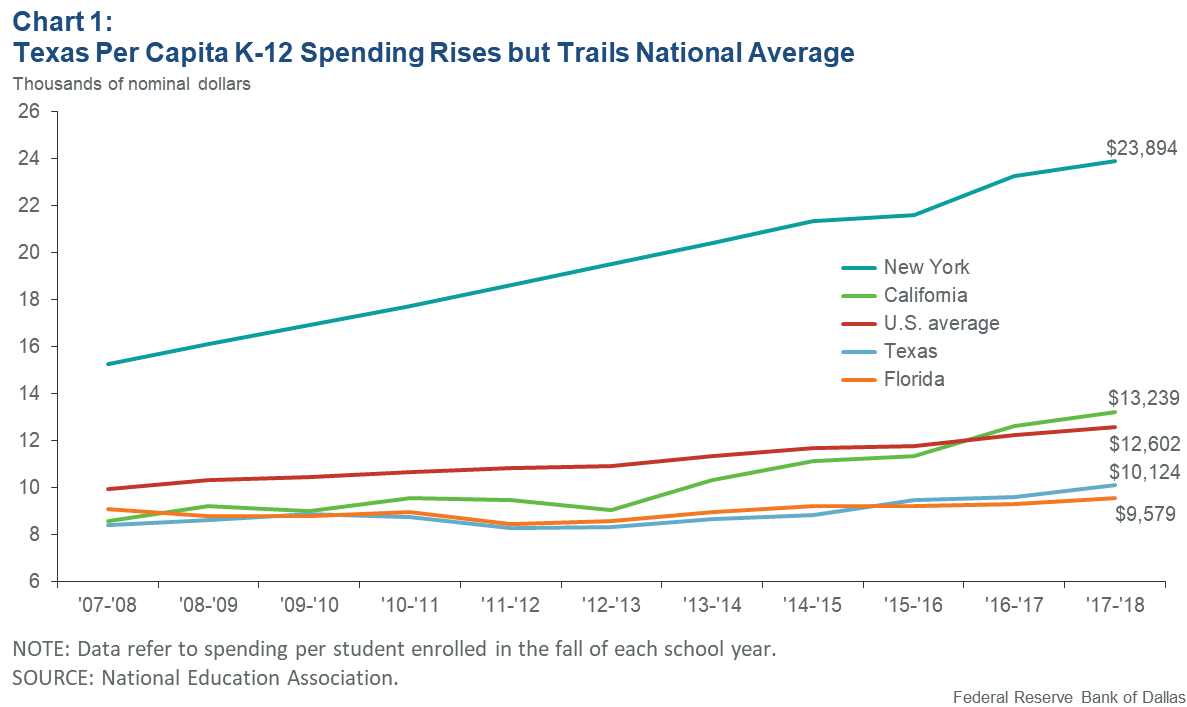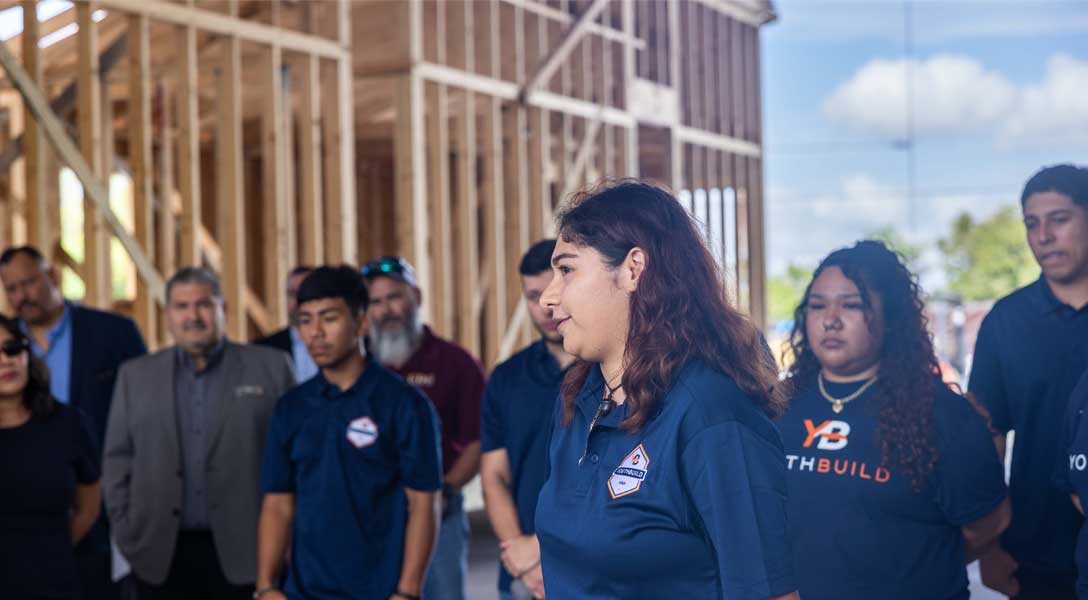
Are Texans ready for the jobs of tomorrow?
Texas spends less per student than the national average on K-12 education. So it’s fair to ask if the state is sufficiently preparing its students for the jobs of the future.
When students receive less education and fewer credentials, they are less likely to qualify for higher-paying jobs in today’s economy. This limits their lifetime earnings and potentially reduces the rate at which Texas’ economy will grow in the future.
Today’s job market requires more from workers for two main reasons. First, automation and technological change are replacing many jobs that emphasize repetitive motion. On the flip side, higher-skilled jobs that mesh human creativity with new technologies are in ever-greater demand and offer an ever-higher pay premium compared to lower-skilled employment.
Globalization has also been a factor. International trade raises output and living standards overall as people and countries focus on “doing what they do best and trading for the rest.” But globalization also tends to help higher-skilled workers while creating challenges for people whose jobs or industries can be readily outsourced elsewhere.
Importance of K-12
Because the U.S. has more world-class universities than any other nation, Americans would seem well-positioned to survive and thrive in this new economic environment. But it is strong K-12 education that provides the foundation for future academic achievement. How does Texas fare in this area?
The data show that Texas spends about 20 percent less than the national average on a per-student basis (Chart 1). The Texas figure of $10,124 trails other large states such as New York ($23,894) and California ($13,239). Overall, just 12 states spend less than Texas.

However, spending does not tell the whole story. Texas students score only slightly below the U.S. average on the National Assessment of Educational Progress, which is widely considered to be the gold standard for student testing. Minority students in Texas score somewhat better overall than their national counterparts, though work remains to be done on closing the education gap between white and nonwhite students.
More K-12 funding
Earlier this year, the Texas Legislature passed several bills to bolster the state’s K-12 system. These bills were designed to raise per-student funding in the state, and the hope is that they will also improve student performance. Doing so would help put more Texans in position to fill the jobs of tomorrow, resulting in economic benefits to both them and the broader economy.
Author
The views expressed are those of the author and should not be attributed to the Federal Reserve Bank of Dallas or the Federal Reserve System.




